
Jessica 2017, directed by Saul Tyler
There are plenty of articles about operating a camera or how to set up studio lighting, but how do you go about successfully producing and running a short film production? Now that you have your camera how are you going to utilise it? If you’re a hobbyist or a serious film enthusiast this article might just provide you with the information needed to elevate your filmmaking process. If so far you had the money to drop on an expensive, professional-grade camera, and have been using it for vlogging or filming your travels, perhaps this will inspire you to experiment with filmmaking as an art form. Whatever it is you’ve set out to achieve I hope you enjoy it.
Understanding the processes of running a production from a short film producer’s perspective can greatly elevate the film, not only making it look better, but also making the filmmaking process more efficient, which often translates to less money having to be spent. Saying that you don’t need a large budget to produce a successful short film. In fact, you can have virtually no budget and still come up with a better film than a production that has 10k to its name. The Evil Dead (1981) is a fantastic example of that. So whether you have nothing, a grand, or ten grand hopefully you can learn something new.
The Idea…
Some might say that you don’t really need an interesting story to make a great film because it’s the way you tell it (i.e. direct it) that makes it interesting. I somewhat agree with that. It all depends on the type of moving image you are making. If it’s a documentary or an experimental film you need a strong concept. On the other hand, there is an incredible amount of effort and skill going into producing a film that has a strong story and acting with minimal camerawork. Whatever you decided to do you need a strong idea, a concept behind it.
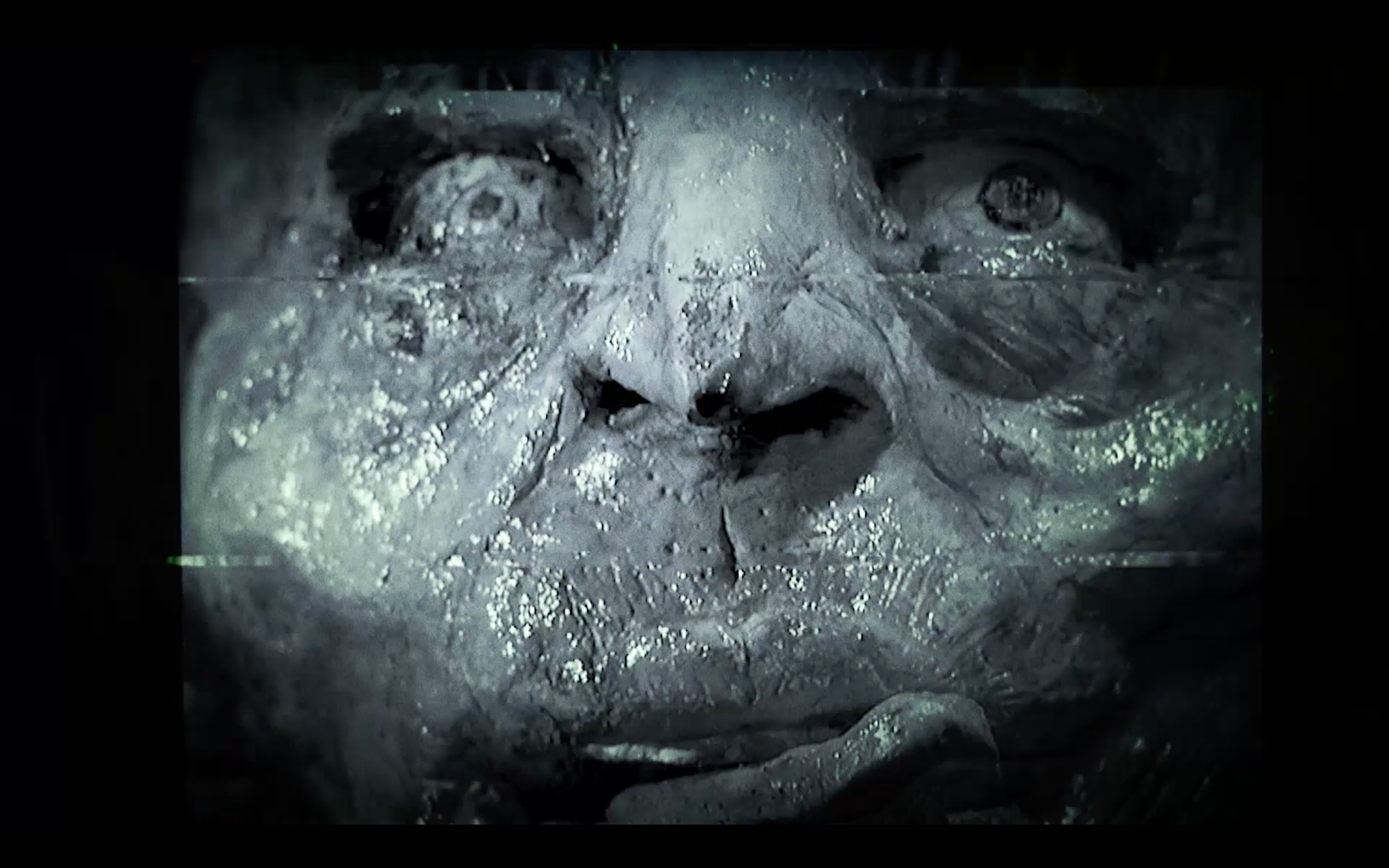
The Decapitated Head of Mr Doe 2018
Pre-Production
Proposal and Script
Once you have decided on what it is you want to create, you need to make sure that the idea is fully developed before approaching potential investors, crew, or talent. I’m not going to get into too much detail when it comes to the process of scriptwriting as this is a whole other blog post altogether (and I’m not very good at it). Whether you wrote one yourself or someone approached you with it, I’m going to assume that there already is one. However, even if the script (if you have/ needed one in the first place) is ready and you have arrived at your final draft you still need a decent proposal. What is a proposal? It is a document detailing various aspects of your film that you can use to approach potential supporters for your film and raise awareness of it. Writing a proposal is great as it allows you to critically think about your film and edit the idea to realistic standards. You can also use it as a copy for blog posts, social media, and crowdfunding campaigns. It is also a great way to share your idea if you want to keep your script under-wraps for the time being. You need to make sure to review the script and the proposal a few times. It is also beneficial to have a few other people read it over for you. It is very common for creators to get too invested in their own project which can blind them from seeing any potential errors.
The basic structure of a proposal is as follows:
Title (of your film)
Synopsis - A short description of your film.
Crew - If there is one at this point, could also include potential creatives you would like to approach.
Intended Audience - i.e. who is the film for? Think about their age, interests, and how are you going to appeal to them?
Genre - Is it a documentary, comedy, horror, or thriller?
Format and Intent - What type of film are you making? Is it a short or a feature? Is it experimental or narrative? Is it for commercial purposes or is it art house? How is it going to be curated? Is it going to be uploaded onto a website? Is it for a film festival or do you intend to sell it? Is it a short film promoting your idea for a feature film that you can use to attract investors such as Netflix? There truly are hundreds of possibilities so get creative!
Characters - Briefly describe the characters in your story, their motivations, and their characteristics. How will they grow throughout the story? If your film doesn’t involve people or characters due to its experimental nature you can skip this part. The proposal should be tailored to your film and can include more sections or less than what I have… well proposed.
Creative Direction - This is the bulk of the proposal document and is normally filled out by the director. It focuses on how the story is going to be told. What kind of camerawork is going to be involved? What equipment are you going to use? How is the colour going to affect the mood of the scenes? What was the inspiration? What themes and emotions are going to be conveyed through the film and how?
Locations – If you don’t have those quite figured out yet, don’t worry. You can use this section to insert photographs and details of locations that you think would work well for your production. If you already have permission to use a location it is also good to say that in the proposal as it shows where your production is at this point when approaching organisations such as BFI for funding.
Budget – I will delve deeper into the subject of funding and budgeting later on; however, it is worth noting that the budget often is included in the proposal or it can be attached as a separate document when being sent with the proposal. In summary, you should calculate the realistic amount of money that you need to create your film. You should show exactly where the money is being allocated to. I like to be as transparent about my budget as I can be as it builds a level of trust between the crew and the supporters. A budget breakdown is an excellent way of presenting this information clearly and concisely.
Ethics – I think this is a really important part of planning a production. If you’re at university or even applying for funding from charity film organisations such as the British Film Institute you will be asked to fill out an ethics form. This is particularly important when working with sensitive subjects such as war conflict, abuse victims, or children. You also need to think about GDPR (data protection). How are you going to store, use, and dispose of the information provided by your crew, talent, and contributors? Do you have necessary release forms and risk assessments in place (more on these later)?
Treatment – The treatment is yet another document usually created by the director. It is a separate document to the proposal and is usually written last after the final draft of the script has been completed. For the sake of the length of this article, I won’t go into it.
If you feel that you need to add more to the proposal feel free! It is a working document that changes. It is always a good idea to create a shared Google Drive folder for the crew so that everyone has access to it and can see the changes made to it. The film will change over time until its completion and can be affected by a variety of factors from unexpected budget changes, crew and talent dropping out, to scheduling conflicts. The pre-production process is very important because it helps you to plan the production/ filming down to the tiniest details, meaning that when the stress and chaos of the production eventually occurs you can make informed changes to still end up with the best possible VERSION of your film. That’s right; the best possible version because the initial idea you start off with, more than likely, will not be the final product you create. This is a good thing because it means the film has gone through a development process through which it has improved.
There are plenty more sections that you can add such as makeup, costume, set design and props, and the talent you hope to approach. Even for a short film those details are important and can make a big difference between an amateur and a professional production. Don’t forget that props and set design can also convey character tropes and parts of the story that the audience will pick up on.
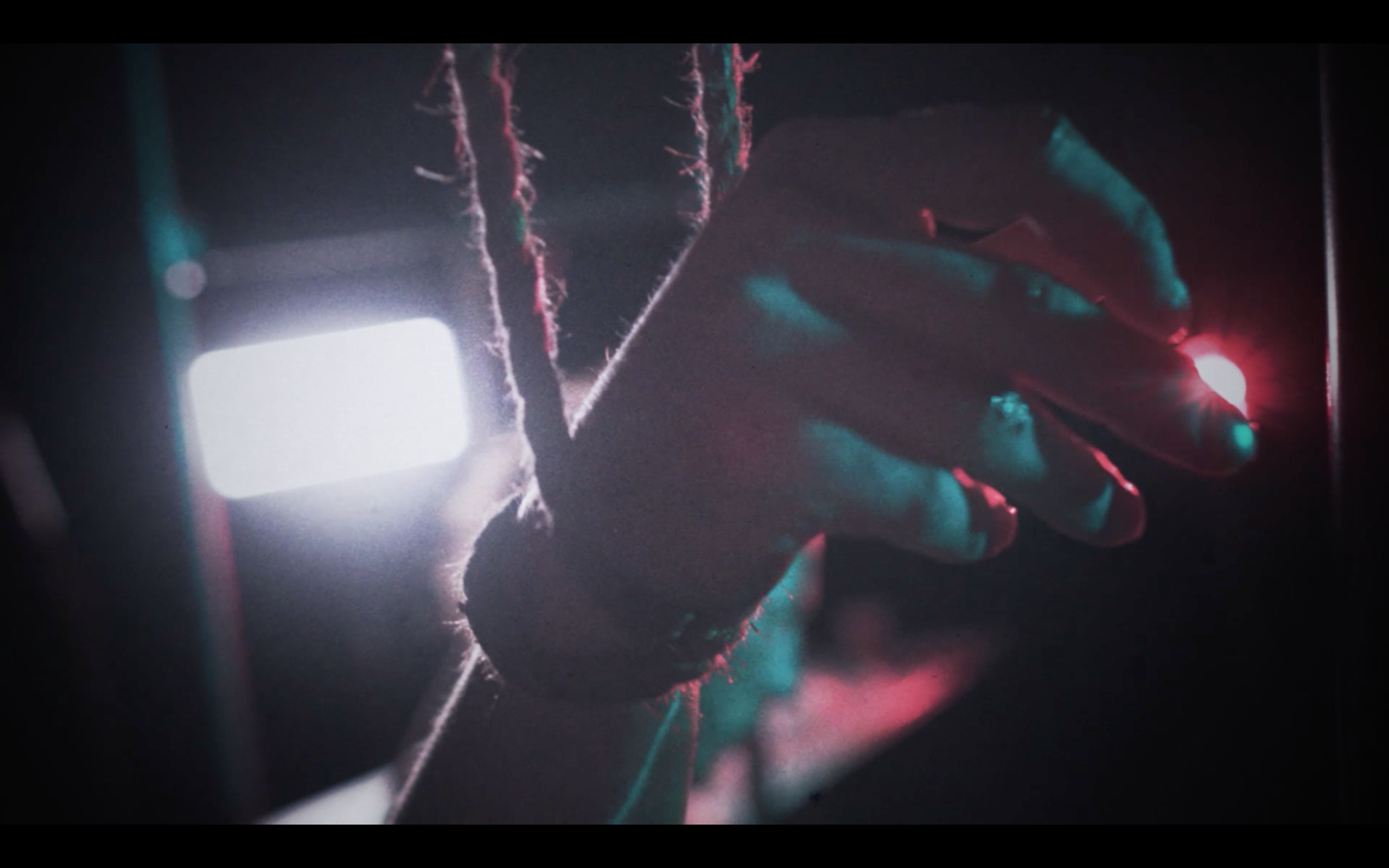
Tremor 2018
Budget
I think a good place to start with your film’s budget is to think about all of the previous points. The proposal should include everything needed for the production to happen. List these and break down how much each aspect of the production will cost. For example, how much will the costumes cost altogether? How much money needs to be put away for travel? How much will the soundtrack cost and have you already reached out to a musician for a quote? Once you have calculated everything look at your budget objectively and decide where you can save money. Perhaps you don’t have to buy somethings, for example, props. If it’s a dinner scene maybe you could simply use your own dishes. When buying costumes try going to charity shops especially if you are making a horror film and know that they are going to be covered in fake blood. Below is a Budget Breakdown pie chart for one of my short films, You’re So Sweet. You can see the percentage of how much money I wanted to allocate to each production aspect. This was an artsy costume film, therefore, most of the budget went on fancy costumes and props. Because I worked on this film whilst at university and also decided to record it entirely in the studio I didn’t need to worry about paying insurance or renting equipment. Every production is different, just remember to plan for a realistic budget to avoid disappointment.
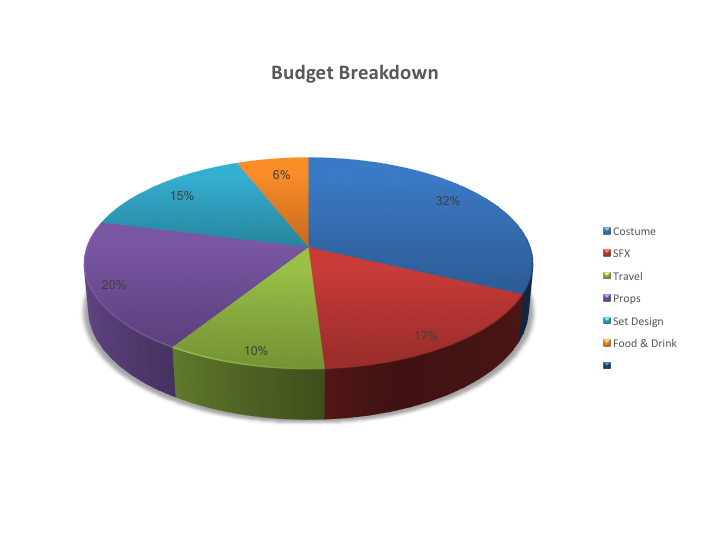
Example of a Budget Breakdown
Now that you have your budget planned out where do you get the money to fund your film? There are quite a few options, one of them is being self-funded. If you can do that, that’s absolutely fantastic and you don’t have to worry about this part. I had some smaller films which I could pay for myself in the past. For bigger productions, I recommend reaching out to organisations such as the BFI Film Fund, Creative England Fund, BBC Films, Film London, Film4, Arts Council England, and smaller creative grants. A little research will go a long way! These organisations will have their own guidelines on how to apply and often have a variation of a proposal and treatment with their own rules applied to them. This is yet another reason why writing one is so important as you can then simply alter it to match whichever fund you are applying for. Another way of funding your film is crowdfunding, and it is a favourite of mine. A good crowdfunding page with plenty of social media marketing can get you set-up. To embellish your crowdfunding campaign it’s always useful to produce some content for the potential pledgers to see. This can include posters, a director’s appeal, a showreel of your crew’s previous work and achievements as well as a sizzle reel. This is similar to a showreel but instead of it being a compilation of your work it is a compilation of the inspiration behind the project. If you are making a project that can have a positive impact on a community you could also try approaching government and council grants as well as local charities with an interest in supporting such projects.
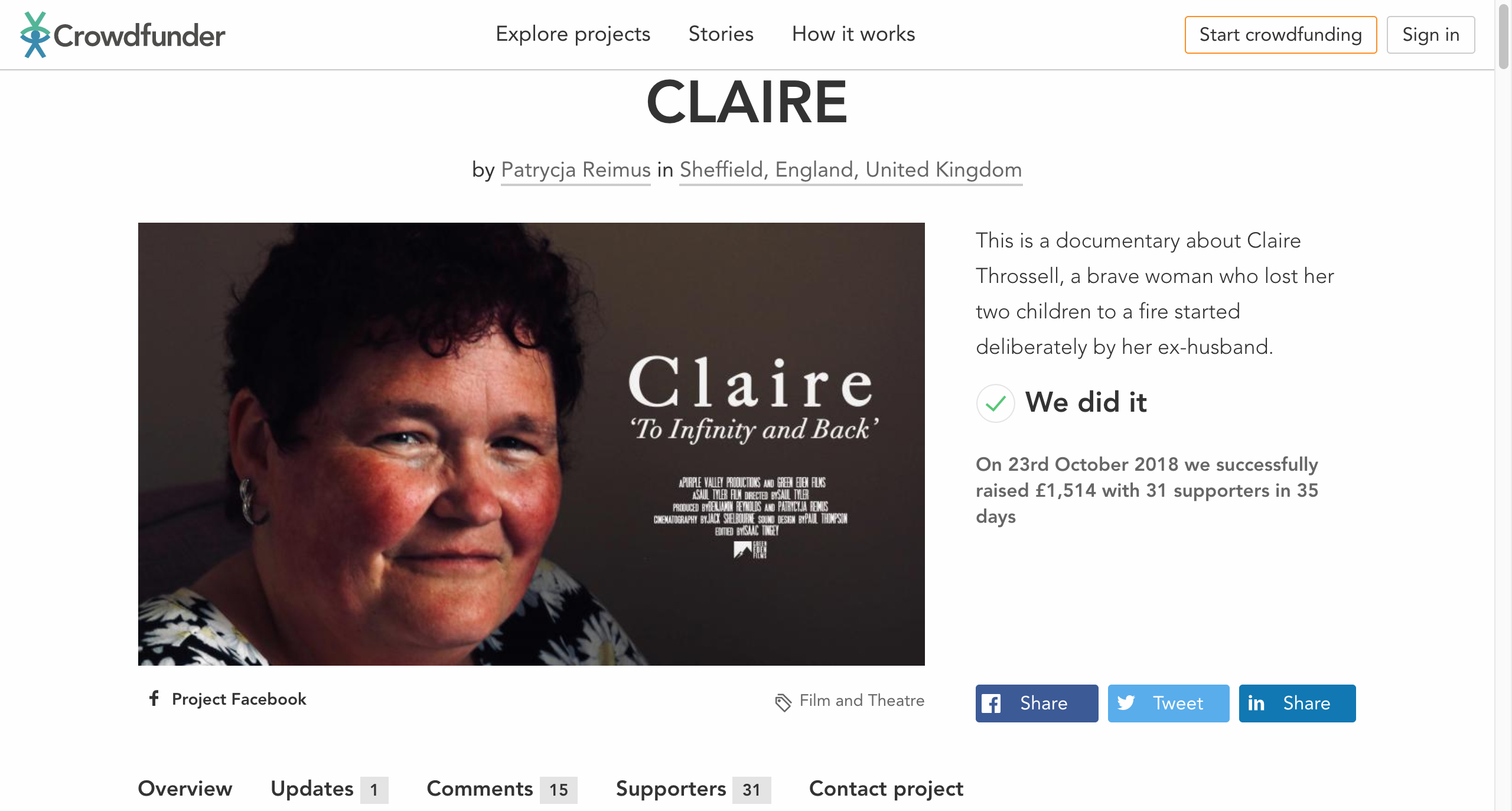
Claire – Crowdfunder Page
Crew
Finding a crew can come before or after the proposal. Perhaps you already had a team in place when you started writing your script or someone has approached you with one. When approaching people to be involved in your project make sure to take a moment to think about who do you need and with what skillset? Maybe you need a writer, a director, a cinematographer, or a special effects artist. Do you need an editor or do you have the skill to edit the film yourself? Chances are that the most important person you need is a sound designer/ sound recordist. What about the soundtrack? Do you know a musician who could make an OST? Once you have created your list, dependant on the needs of your project, you can start researching and approaching skilled individuals who could be interested in working with you. This is where you can utilise your proposal. Please remember that there is a big problem with unpaid labour in the film and arts industry so if you do end up approaching students for help because they will work for ‘exposure’ make sure that AT LEAST you have enough budget for an ‘all expenses paid’ agreement. Unless it is the producer or director, i.e. key personnel, no one else should be made to forfeit their pay for the sake of the film’s budget.
Talent
If your film requires actors you will need to create an advertisement for your film that usually includes the name of your film, synopsis, and the character details from your proposal. You don’t need to attach the script to your advertisement. It’s best to send it only to the people you want to audition. I’d recommend using websites such as Star Now to post your advertisements on as well as contacting local drama schools and clubs. You can ask the talent contacting you to send their CV or a showreel (even better). From the people that have contacted you choose the ones you believe will interpret your characters the best and invite them for an audition. It is best to rent a place to hold auditions and set up a table with water etc. to welcome the actors with. Pick a scene you would like them to practice prior to the audition. After that, you can contact your final chosen actors and offer them the role as well as discuss pay and expenses. At this point, you can also send them a personal release form as well as a contract. Before the production process starts it is always good to have a few rehearsal sessions and a dress rehearsal with test footage to prepare the talent and crew. It also allows you to make any necessary last-minute changes to the story if you spot an error or something simply isn’t working out.
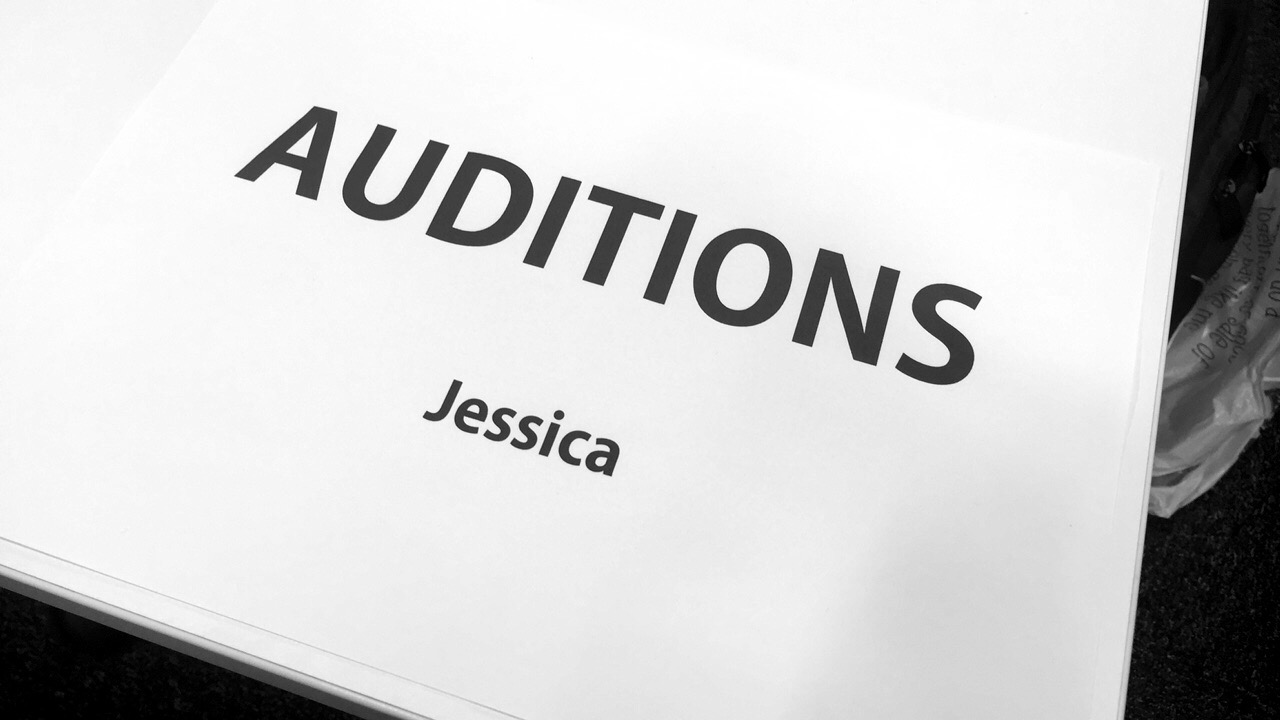
Jessica - Auditions
Production
After months of pre-production, you are finally ready to start filming. Here’s a quick overview of what to expect.
Equipment
Are you lucky enough to be able to borrow equipment from a university you are alumni of? Some universities would let you do that for free provided you have insurance. Some would offer you equipment at a discount. Perhaps you already have your own equipment which is brilliant! Wex also offers an equipment rental service. Please visit Wex Rental for more information.
Insurance
If you are not a part of a production house or at university you will need to pay for public liability insurance and to cover your equipment. Towergate offers good insurance for filmmakers that I usually use.
Production Paperwork
Production paperwork is needed for obvious legal reasons. You might be asked to present your production paperwork to some film festivals if your film has been selected for screening.
Personal Release Forms – These are given to sign for the talent, mainly actors as well as musicians who work on the soundtrack for your film. They usually include the name of the film, name of your production company, name, address, and contact detail of talent and the dates they agreed to work. You can state that they are allowing you to use their image etc. in the film and for it to be screened and showed wherever you choose as well as using their image for advertising purposes. It ensures that you can utilise the film to its full potential for years. There are plenty of good templates for such documents online so make sure to do some in-depth research before writing your own.
Contributor Agreement Forms – These are pretty much the same as personal release forms but for the crew and any other contributors who help with your film including makeup artists. By signing this they are essentially giving you permission to use the work they have done for the film.
Risk Assessments – This is a very important document. Insurance can ask to see this as well in addition to any places you rent equipment from. You also need to keep in mind the health and safety of your talent, crew, and the public. Again there are plenty of drafts out there to look through and instructions on how to fill one out.
Locations
Research – This is an obvious step. Good places to look at can be local guides. Perhaps you already have a location in mind.
Location Recce – This refers to visiting the location. Physically going out and taking photographs of the place, checking for toilets, fire hazards, etc. You might need to ask for permission to do this in the first place if it is someone’s private property. If it’s a forest the ordeal is much easier.
Location Agreement - After you have picked your location you need to contact the person who owns it. It could be an individual, a company, or even the city council. You need to explain your intention clearly and don’t lie about the fact that you want to film there. After an agreement has been made you should present them with a location agreement form to sign for your own records as well as filling out any other paperwork that they need such as a risk assessment form. Pay should also be discussed, maybe if you’re lucky you could find a location without having to pay for it, cutting down on your budget.
Filming
Before you go out shooting your masterpiece make sure that you schedule your shoot well. It could only be two days or perhaps two weeks. The better you schedule it the more efficient and less costly it will be. Make sure to allocate each day to a scene or a couple of scenes. You could also divide it by location if it makes more sense travel-wise. Before each filming day, you will need to send out a Call Sheet that details what is happening throughout the day. It also includes the details of the crew, who is needed, the address of the location, nearest hospitals, and other services as well as lunch breaks. Call sheets usually feature an hour by hour timeline of what is going to happen. For example:
9:00 am - Crew meets on location
9:30 am – Equipment setup
10:00 am – Actors arrive/ makeup/ costumes
11:00 am – Rehearsals
12:00 am – Filming Scene 1
2:00 pm – Lunch …
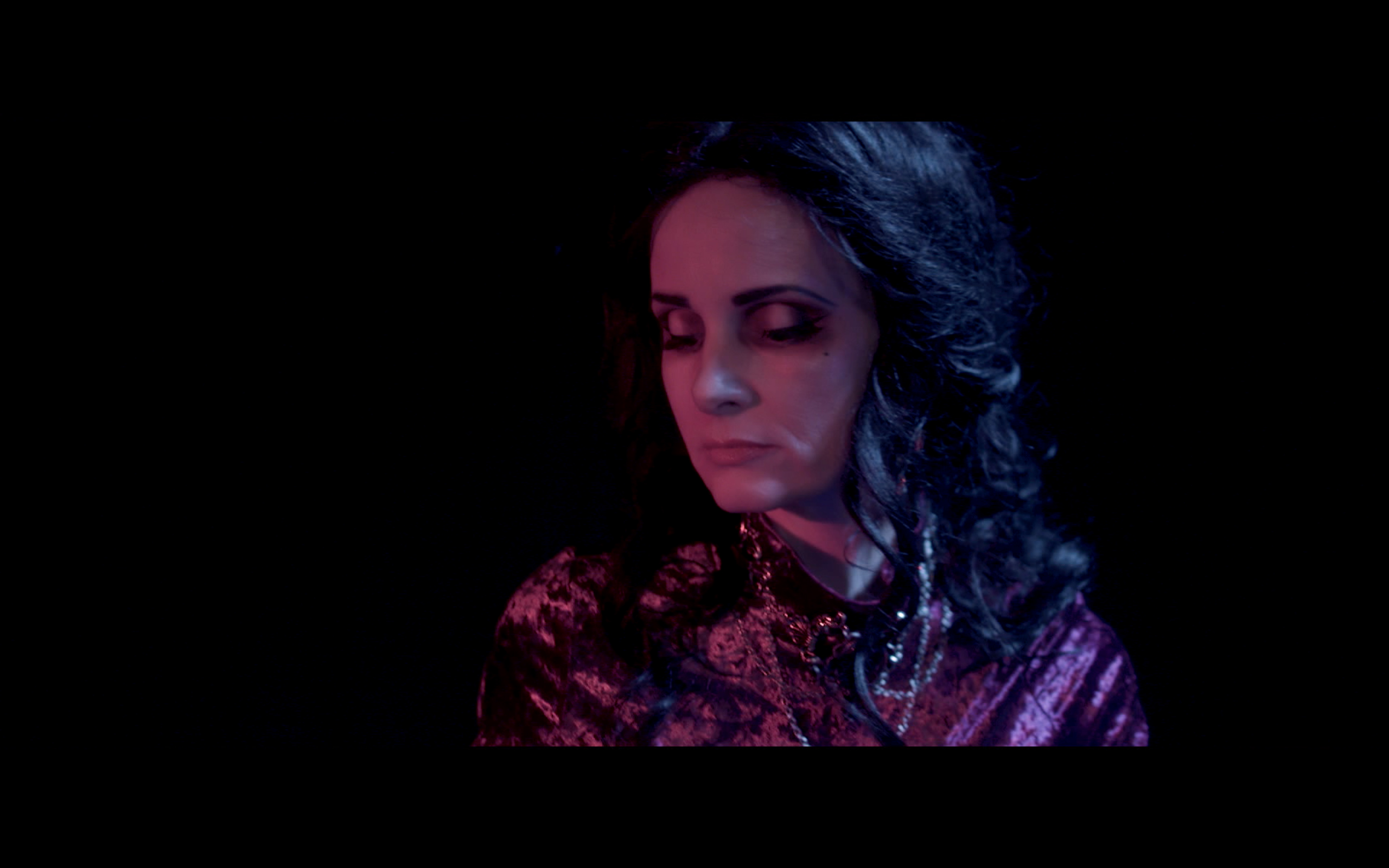
You’re So Sweet 2017
Post-Production
I’m not going to delve into too much detail when it comes to post-production and the editing process in this blog post for the sake of the length of it. Instead, I will give you a very quick rundown of what is involved. Usually, the editor backs up the footage as it is being recorded and can even start editing during the filmmaking process to save time. After they have the first cut ready it would be reviewed by the producer and director or the whole crew depending on how many people are working on it. After a few cuts, you will arrive at your final cut which then has to be colour corrected or colour graded. This also has to be reviewed before everyone is happy with the final product. At the same time as the editor is working on the subsequent drafts of the film, the sound designer would work on sound mixing and design. If you have commissioned an original soundtrack it would either be worked on well before the editing process starts or after the artist has received the first draft. This is another aspect of the production process that needs to be scheduled well. Both the sound and the colour graded film is put together at the end becoming the final version.
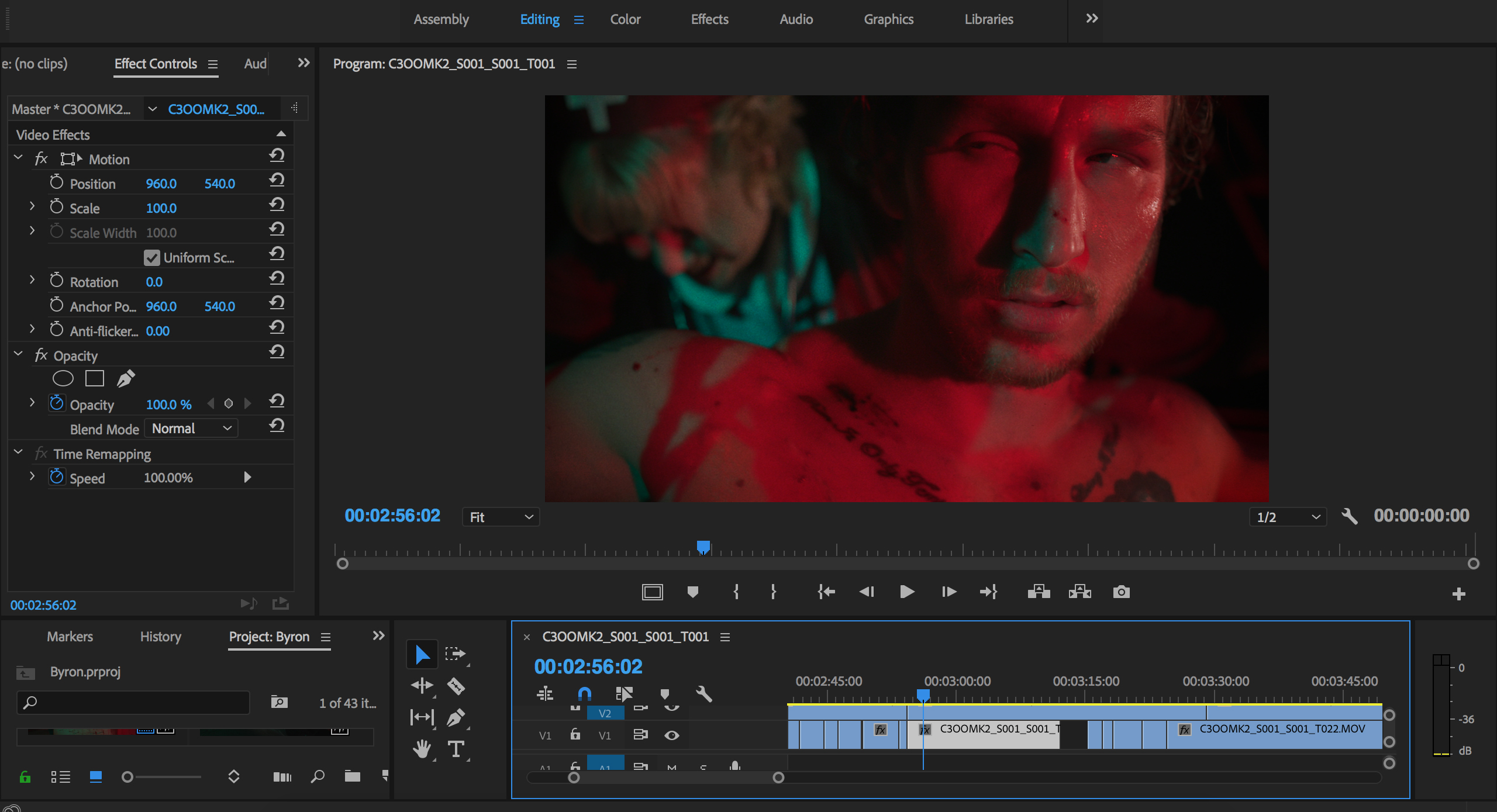
Tremor - Editing
Distribution
You have made your film and realised your creative vision. What now? Depending on what was the purpose of the film there are a few routes to take. If it was made specifically for festivals you would more than likely apply for these. Every filmmaker should know Film Freeway through which they can apply to film festivals. Larger festivals such as London Film Festival will have guidelines on how to apply as well. Again research here is the key. It is also a good idea to allocate some of your budget for film festival fees as some of the higher-profile ones will have an entry fee. Perhaps you want to sell your film or have it aired on national television for which you would have to find contact details for the department that is dealing with the acquisition. Maybe you just want to use your film as an example of your skill and simply want to upload it to YouTube or Vimeo. If you do intend to sell the film or have it screened at a film festival make sure to read the guidelines and hold off from sharing it on social media as some festivals want to have the premiere rights. They don’t want to screen a film that is readily available online. Of course, after the festivals are over you are free to do whatever you please with it including sharing it online. Just make sure you’re not breaking your contract with any distributors etc.
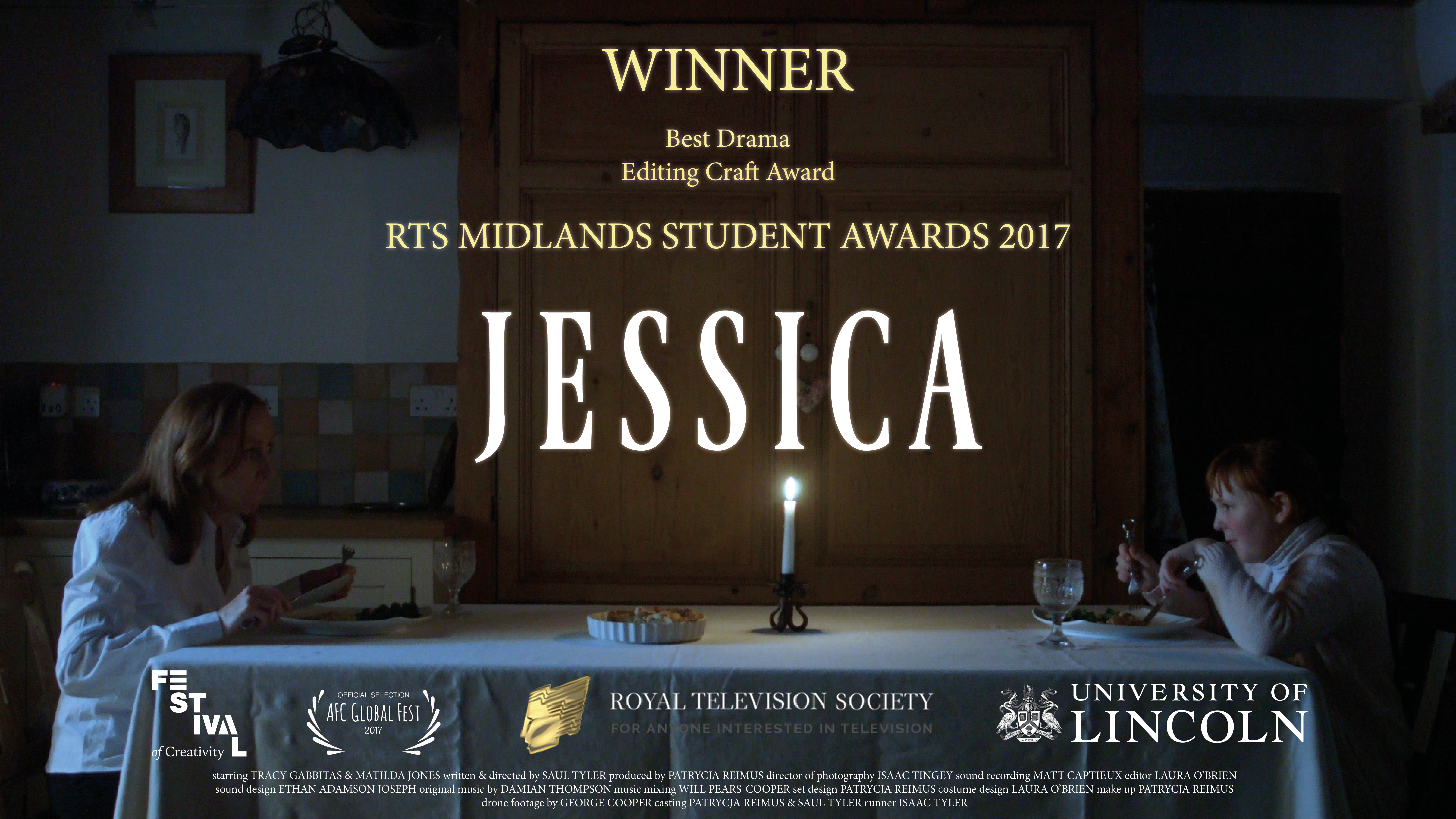
Jessica Festival Poster
I hope that this article has provided you with some useful insight into the world of film production. Some things might seem obvious but they’re good to keep at the back of your mind. I wish I could go into more detail as there are so many different fascinating elements that go into a production. This is just a very basic overview. Saying that I wish you all the best with your next short film!
Looking for more advice and inspiration about video? Check out our Pro Video section on the blog. We also like this article from the Veedyou Media website, in which 11 filmmakers offer their tips on how to get started in the industry.
About the Author
Patrycja Reimus is a Norwich based artist and an award-winning filmmaker. She is also our Technical Copywriter. For more information about her work please visit patrycja-reimus.squarespace.com

